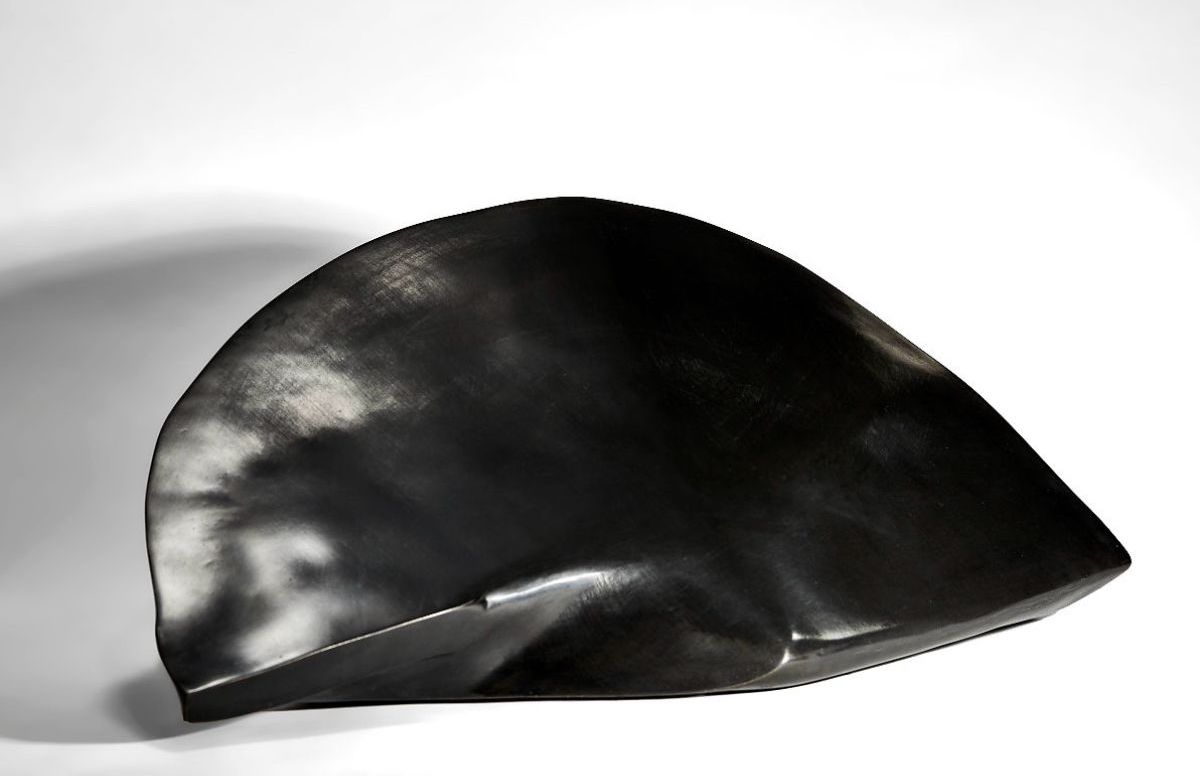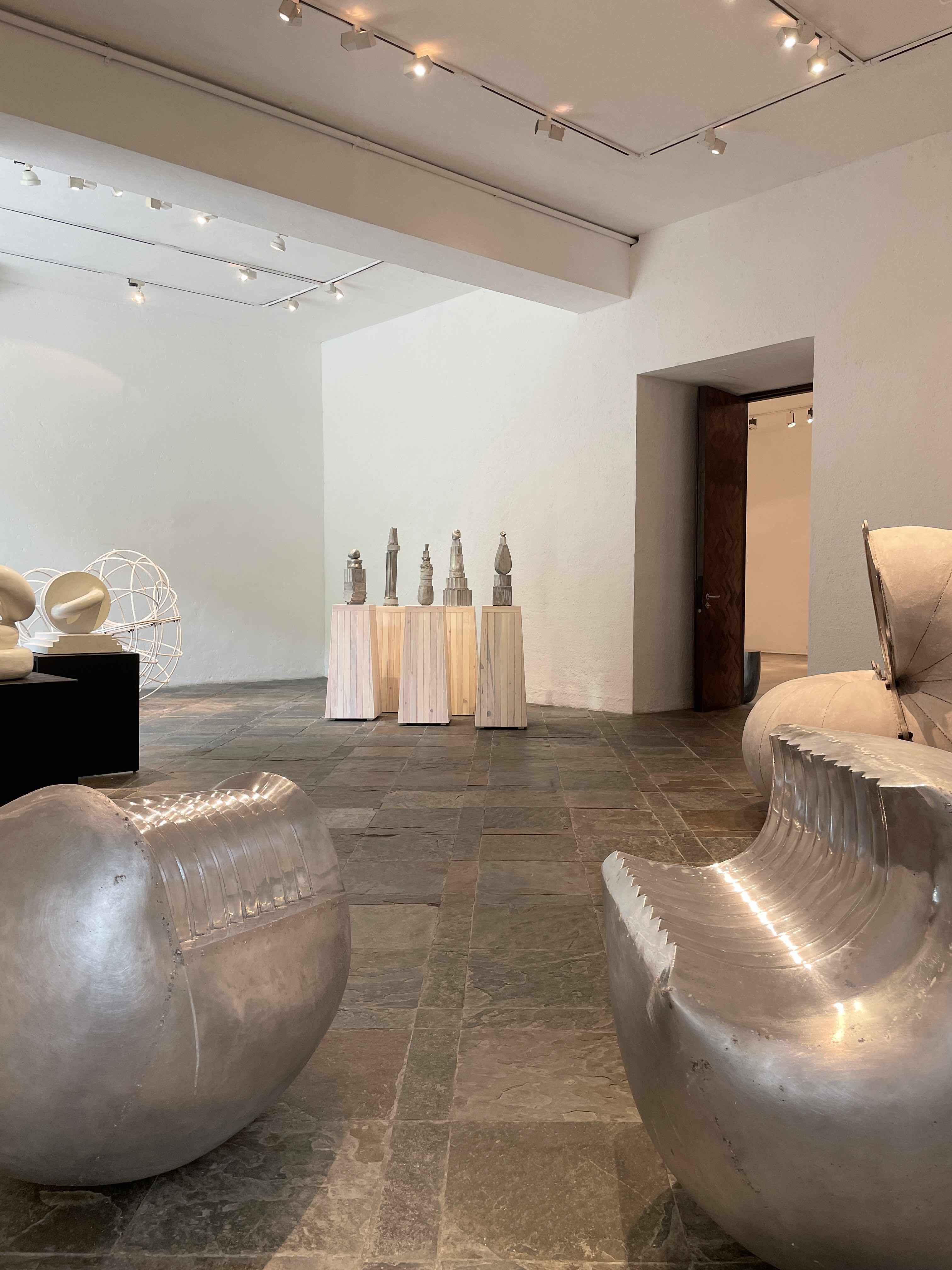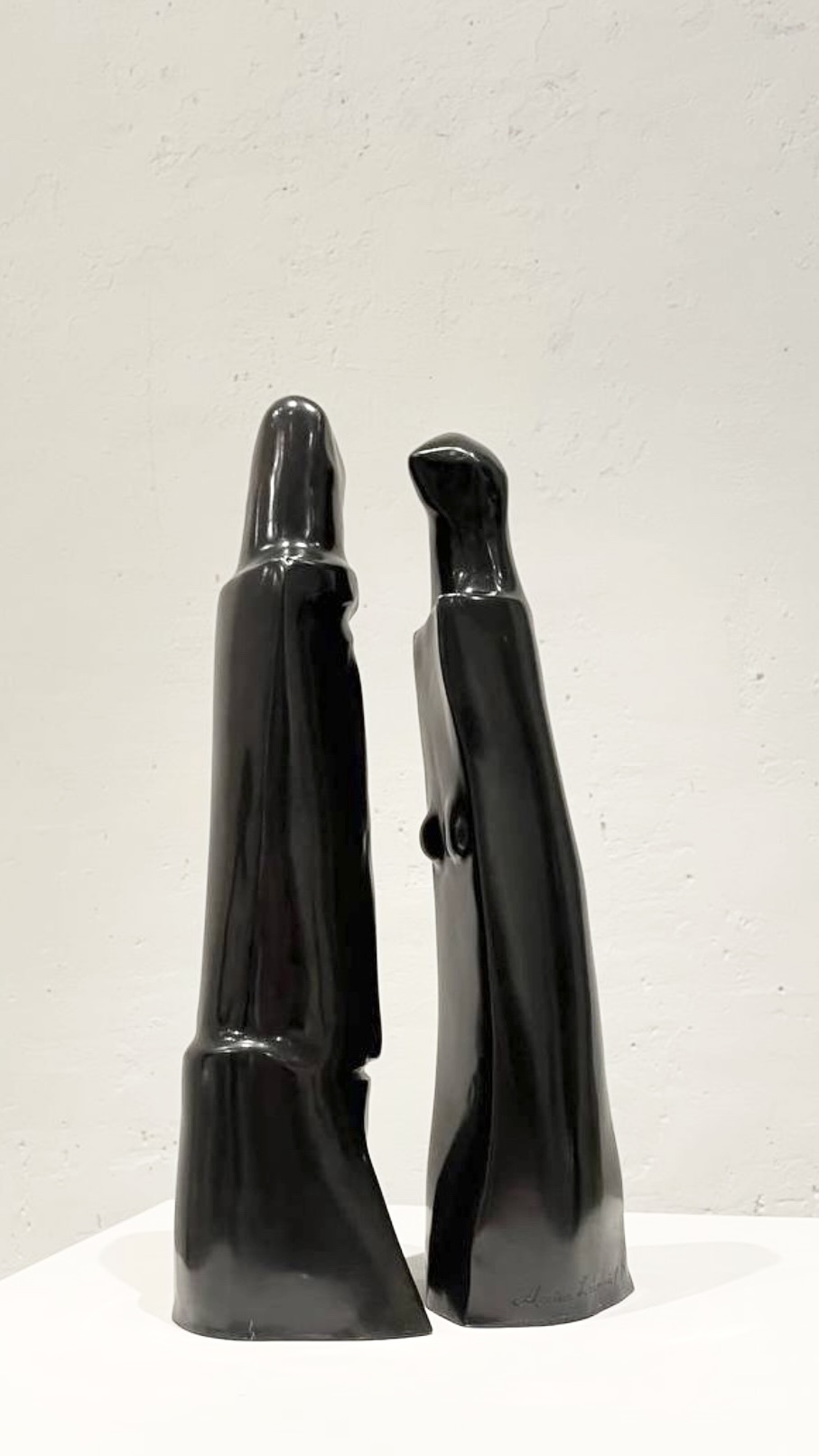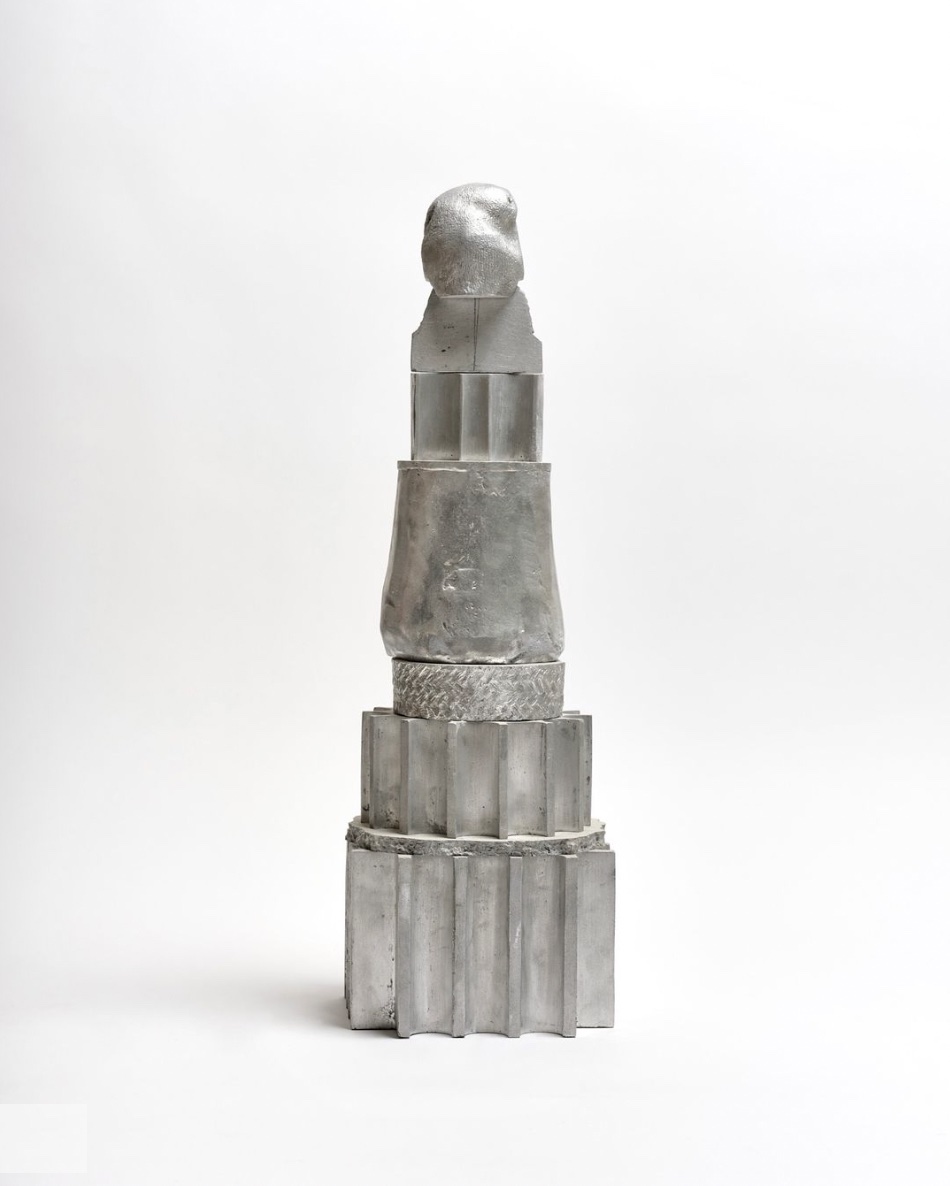
Review
In the House of Sky, Earth, and Serpents: Marina Láscaris and Pablo de Laborde Lascaris
by Ana Cadena
Reading time
3 min
On Thursday, June 6, two exhibitions were inaugurated simultaneously at Drexel Gallery. These are Nido de serpientes by Pablo de Laborde Lascaris and Por cielo y tierra: La escultura que hace mundo by Marina Láscaris, resulting in an unusual artistic duo between mother and son.
Visiting the exhibition is highly pleasurable, starting with the space itself—a house in Colinas de la Sierra Madre, San Pedro Garza García, which has been operating as a gallery for over thirty years. A lush garden leads to the main entrance; once inside, you are greeted by the genuine warmth of the gallery owner and his team, followed by a spacious hall that houses the sculptures of Pablo, a Mexican sculptor with a degree in Fine Arts from Falmouth University. The adjoining room holds the work of Pablo's mother, Marina Láscaris. Originally from Greece, Marina studied at Heatherley School of Fine Art and Sir John Cass School of Art in London. After completing her studies, she emigrated to Mexico, where she has lived and worked since 1976.

Much of Marina's abstract sculpture narrates the communication that arises between two parts, as seen in Gemelos, Conversación, Fusión II, Trono Adán, and Trono Eva. Her craftsmanship is impeccable, using traditional materials and techniques, in this case, bronze. Themes such as nature, ancestral stories, and the relationship with the other are manifested in the dark organic objects that radiate sensuality.
In contrast to Marina's pieces, the first room contains light and airy objects, some made with rod, aluminum, steel, quarry stone, and concrete, exploring the tension between the industrial and the "authentic." The utilitarian factor of urban elements—such as rods—is re-signified to create representations of serpents that are meticulously twisted. Kiss particularly catches my attention, an aluminum sculpture composed of two parts: "Her" and "Him," echoing the play between two that Marina proposes.

Although not seen in this exhibition, Pablo often injects performative gestures into many of his projects. On this occasion, the element of the body is not manifested in an obvious way. Without ignoring the fact that the presence of the artist's body naturally imprints on his work, the curatorial exercise places Pablo and Marina in tandem, allowing the viewer to access an intimacy regarding family, intellectual, and creative processes, originating from an artistic and domestic environment.

As I wandered through the rooms of Drexel, I couldn't help but recall the famous anecdote of José Ruíz Blasco, Picasso's father, who, upon seeing his son's extraordinary genius, "hung up" his brushes, giving his painting materials to his descendant. I also thought of Paloma and Claude, children of the prolific Malagueño, who dedicated their lives to fashion and photojournalism, respectively. Milton Avery and Sally Michel Avery initiated a generational legacy of painters that includes their daughter March Avery and their grandson Sean A. Cavanaugh. Collaborations between Jaune Quick-to-See Smith and her son Neal Ambrose Smith also come to mind.

The exhibition, besides allowing us to appreciate the work of both artists—a task that demonstrates maturity and skill—motivates us to ask important questions. Is artistic vocation assimilated at home, or is it learned in academic settings? Can we map a cultural code between the pieces? What do we learn from objects derived from intergenerational dialogue like that of Pablo and Marina?
Translated to English by Luis Sokol
Published on July 27 2024